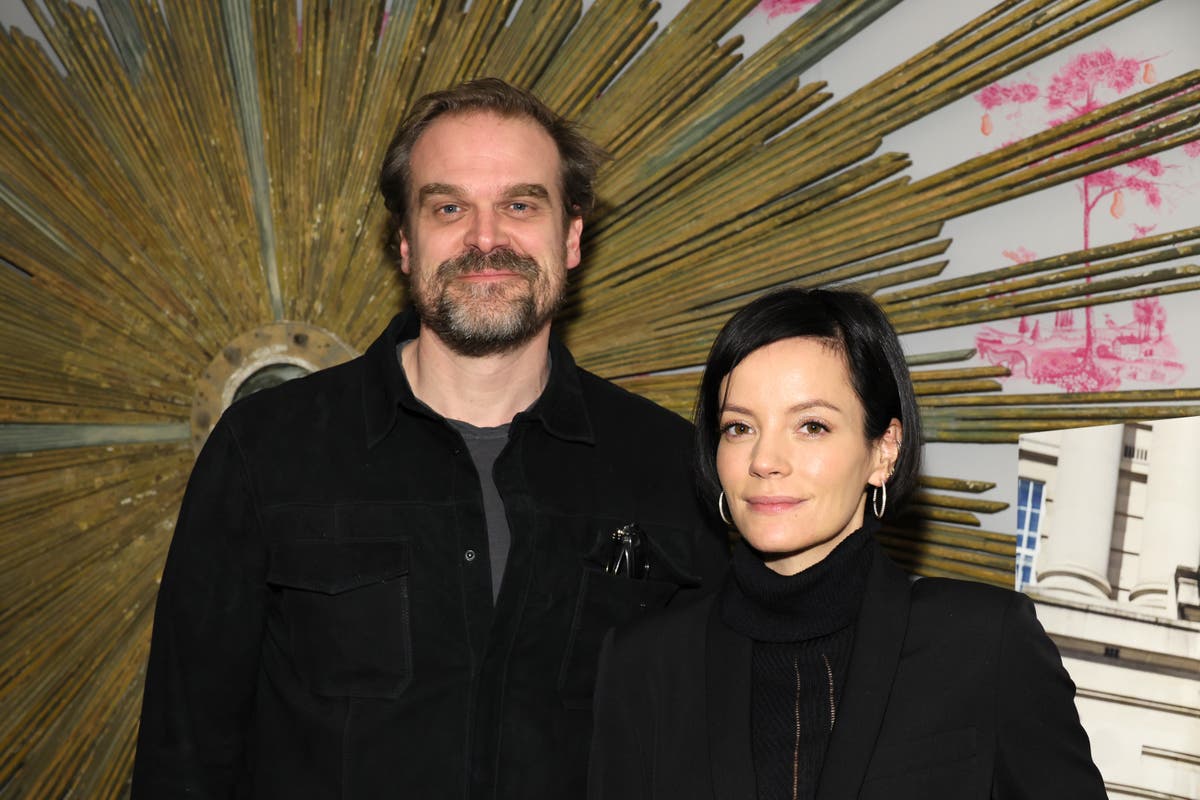As it has done every year for the past seven consecutive decades, the Winter Show, the venerable art and antiques fair, which benefits the East Side House Settlement in the Bronx, has brought together an incredible array of objects, most of those years under the wide roof of the Park Avenue Armory. A concert piano with a curved keyboard, designed by architect Rafael Viñoly and built by Chris Maene. (Bernard Goldberg Fine Arts, LLC, C1). A pair of Bonnards for the hall (Jill Newhouse Gallery, A7). A contemporary painter who responds to the old Italian masters (Robert Simon Fine Arts, C10). A red, white and blue centennial year birdcage in the shape of the United States Capitol (Focus: American, curated by Alexandra Kirtley of the Philadelphia Museum of Art). How about a butter dish shaped like a bunch of asparagus (Michele Beiny, D1)? Or the first editions of “The Faerie Queene” and “Leaves of Grass” by Edmund Spenser (Peter Harrington, C12)?
That last element alone made it difficult for me to leave. The title of Walt Whitman's ledger-sized volume, deeply engraved in gold on green leather, includes decorative roots and moss, and some former owner used a pencil to mark significant passages such as “And as for your life, you I consider them to be the remains of many deaths,/ Without a doubt I myself have died ten thousand times before.”
With 76 exhibitors, from Japanese ceramics to Native American art and photography, here are some booths you can use as anchors.
Dealers Jim Oliveira and Sara Blumberg specialize in 19th and 20th century Italian glass, and among the treasures they have brought here is a transparent, globe-shaped Murano gazelle that is arguably the most frightening piece in the whole fair or the most exquisite, according to your taste. But this year Oliveira also brought selections from his personal collection of 19th-century American glass, including magnificent amber “globes,” or round, ornate vessels, and small ornate bottles called scroll barrels in a variety of honey amber shades unique to Ohio . (What were all these bottles for? Whiskey, obviously.)
The Lights (A6)
This gallery sheds special light on works from the Renaissance and Middle Ages eras, but there is much to explore even if you are not a collector. As a rare English men's necklace in partially gilt silver. The illuminated manuscript “Hours of LeGoux de la Berchère?” Reconnect, if necessary, with a cozy gold “corsage ring” inscribed inside with a reassuring motto such as “I am but a token,” “I live in hope,” or “Rather death than Fayte's lie.”
Lawrence Steigrad Fine Arts (B5)
There is something irresistibly contemporary about the centerpiece of this stand, a family portrait, circa 1608, by an “anonymous master” from Delft. The mother's face looks like a small mask, but the father, in his perfect cocked hat, is vivid, and both have a preening, faux-sincere quality that could have been lifted from Instagram. (If there was a caption, it might say, “Don't worry about the golden shell cup. That's how we roll.”) It is interesting to compare them with the family in the nearby work of Herman Meindertsz Doncker. Painted only a few years later, Doncker's family looks like refugees from the Middle Ages.
Most notable among this London dealer's antique books is a volume in Moroccan red gold. On the spine fleurs-de-lys alternate with leaping dolphins, while on the cover the arms of Louis XIV's heir, the Great Dauphin, appear. But inside there is nothing to read. Unfolding into a discreet box with a red leather seat on top, it would have hidden a tin or ceramic urinal, now gone, for the Dauphin's children. Its title is an inspired, if puerile, political joke about the perennial enemy of France's deeply Catholic king: “Histoire Naturelle des Pays Bas” could be translated as both “History of the Netherlands” and “History of the Nether Regions.”
John Szoke Gallery (B11)
This exhibition of prints by Edvard Munch and Pablo Picasso is practically perfect. Munch extracts an astonishing variety of tones and textures from simple black and white, particularly when he surrounds a face or figure in front of the piano with expanses of uninterrupted ink. As for Picasso, look for his famous overdetermined meditation on the mythological foundations of life when it includes wife and lover, “La Minotauromachie,” 1935. Encountering the sculpted, skeletal, bewildered-looking goat in “La Chèvre” from 1952 , around the corner, may lead you to hope that sometimes wisdom comes with age.
Didier Ltd (D6)
The sensational booth display of jewelry from the so-called “Padua school,” an experimental goldsmithing movement of the 20th century, includes several pieces that went unnoticed at a Sotheby's sale in 1997 and that the dealer has been chasing ever since. In 1988, Mario Pinton placed a green tourmaline within a fascinating golden square grill atop a simple ring. A few years later, his student Giampaolo Babetto constructed a necklace of hinged gold cubes marked with smoky black niel. Francesco Pavan, another of Pinton's students, used long, overlapping rectangles to construct an oversized 18-karat gold brooch in the shape of an X. Each piece could stand out next to any abstract sculpture.
Historic dealer Joan B. Mirviss represents many of the artists in “Radical Clay: Contemporary Women Artists from Japan,” currently at the Art Institute of Chicago. By commissioning pieces for the Winter Salon from as many as he could, he built a booth that feels as varied, in texture and color, as 10 others. A red trompe-l'oeil fabric by young artist Yu Tanaka stands in front to an Eiko Kishi piece whose nubby, blue-and-white finish and abstract triangular planes evoke a Star Wars spaceship. Junko Kitamura's black-and-white patterned vases are equally labor-intensive. They look like they were painted with a stencil, but look closer: each little triangle is a separate incision made by hand.
Spencer Marks (E10)/SJ Shrub (A4)
Among Spencer Marks's glittering silver wealth stands out a yacht trophy in the shape of a breaking wave, probably made by Gorham for the 1893 Columbian Exposition (although apparently not completed in time). With the intricately hammered texture of a giant ridged potato chip, the cup must surely have cost more hours of work than any sailing victory he could ever have been awarded. At Shrubsole, he couldn't take his eyes off the contemporary Chinoiserie “epergne,” a botanical-themed silver plate whose nine separate floating bowls are topped by a pagoda roof topped with a pine cone.
Daniel Blau (E8)
Last year, Japanese street photographer Daido Moriyama found a series of 35-millimeter “half-frame” negatives he had photographed in New York in 1971 and reprinted them on a large scale. Each of the resulting large, bronze-toned black-and-white prints is a double image, showing some humble but iconic views of Gotham (steam engulfing a fire hydrant, a black cat in an anonymous hallway) at two successive moments. It's an ingenious way to capture the cinematic romance of a raw but world-renowned setting that's always changing but never going anywhere.
The winter show
Thursdays through Jan. 28, Park Avenue Armory, Park Avenue at 67th Street, Manhattan, thewintershow.org.












